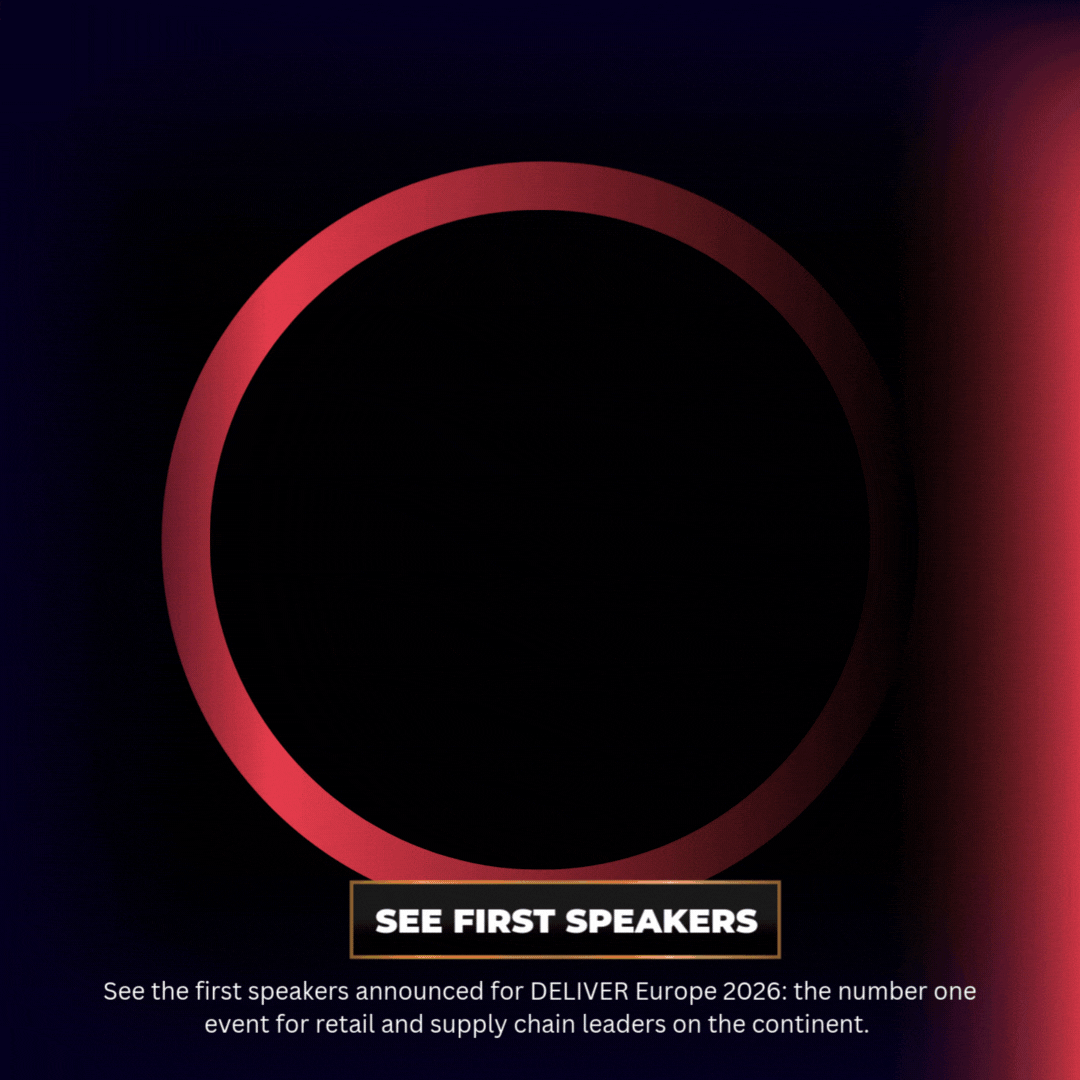How to Outperform Peak Season with Smarter Delivery Innovation
Retailers face mounting pressure every peak season. In this DELIVER Europe 2025 session, Emma Clarke of Metapack outlined four proven strategies to boost performance — powered by data, not guesswork.
With over one billion shipments processed and 15 billion tracking events analysed, Metapack’s insights are grounded in reality. Emma Clarke, their Head of Product, shared a powerful framework for retailers preparing for peak — offering real-world examples, stats, and a dose of operational urgency.
1. PUDO: The Missed Opportunity
Despite offering over 1.3 million global collection points, PUDO (Pick-Up and Drop-Off) adoption remains astonishingly low — particularly in markets like the UK and Germany. In December 2024, UK PUDO use was <1%. Even in Germany, with robust infrastructure, it was just 2%.
Why? Because customers weren’t incentivised. But where cost incentives were introduced, adoption skyrocketed. A Netherlands retailer offering free PUDO via Metapack’s platform saw adoption jump from 3.8% to 65%.
PUDO also delivered a 99%+ first-time delivery success rate — dramatically outperforming home delivery at 82.8%. It reduces environmental impact by up to 66% per parcel, improves on-time performance, and lowers customer service costs. The conclusion? Retailers must step out of budget silos and see PUDO not as a cost, but a conversion lever.
2. The Power of Delivery Promise
Delivery promise — offering a guaranteed delivery date, not a vague range — boosts conversion. 58% of customers say they won’t purchase without it. During peak, one beauty retailer saw an 18% conversion lift (from 2.1% to 2.48%) after implementing Metapack’s dynamic delivery promise solution.
Clear, date-specific promises reduce “Where’s My Order?” contacts, improve trust, and increase repeat purchases. With tight margins and rising acquisition costs, this low-effort change drives measurable ROI.
3. Mature Multicarrier Strategy: An Untapped Advantage
Only 1 in 14 retailers currently use an advanced multicarrier setup. Yet those who did saw 50% better on-time performance over peak. The key is dynamic routing — choosing carriers based on real-time data, location, product type, or service level.
For example, during peak 2024, Cudden (UK) emerged as a delivery blackspot. Retailers using Metapack’s intelligence platform could reroute orders dynamically, avoiding delays and maintaining delivery promise integrity.
A mature multicarrier model isn’t just a convenience — it’s critical resilience. It ensures continuity during strikes, bad weather, or carrier disruptions and prevents expensive delivery failures.
4. Loss Prevention: £3.5 Billion at Stake
Doorstep theft, parcel loss, and fraud cost European retailers up to £3.5 billion during peak 2024. Even using conservative figures, Emma Clarke estimated £460M in losses, with over 3.7 million parcels officially marked as lost — and potentially up to 43 million unaccounted for.
Metapack flagged a sporting goods retailer that was losing £1M/week to fraud. By implementing intelligent carrier allocation based on spend, product, and address, they reduced disputed deliveries by 90% — saving nearly £6M in replacement stock.
Emma’s advice: Invest in visibility tools that flag potential losses, highlight patterns, and allow you to take proactive action before problems reach the customer.
The Message: Peak Is a Catalyst
Peak season magnifies delivery pain points. But with the right tooling and data strategy, it’s also a justification to invest in long-term improvements.
From incentivising PUDO and deploying validated delivery promises to implementing dynamic multicarrier logic and fraud mitigation — Metapack shows that profitability, resilience, and customer experience are all possible. The key is knowing where to look and how to act.



